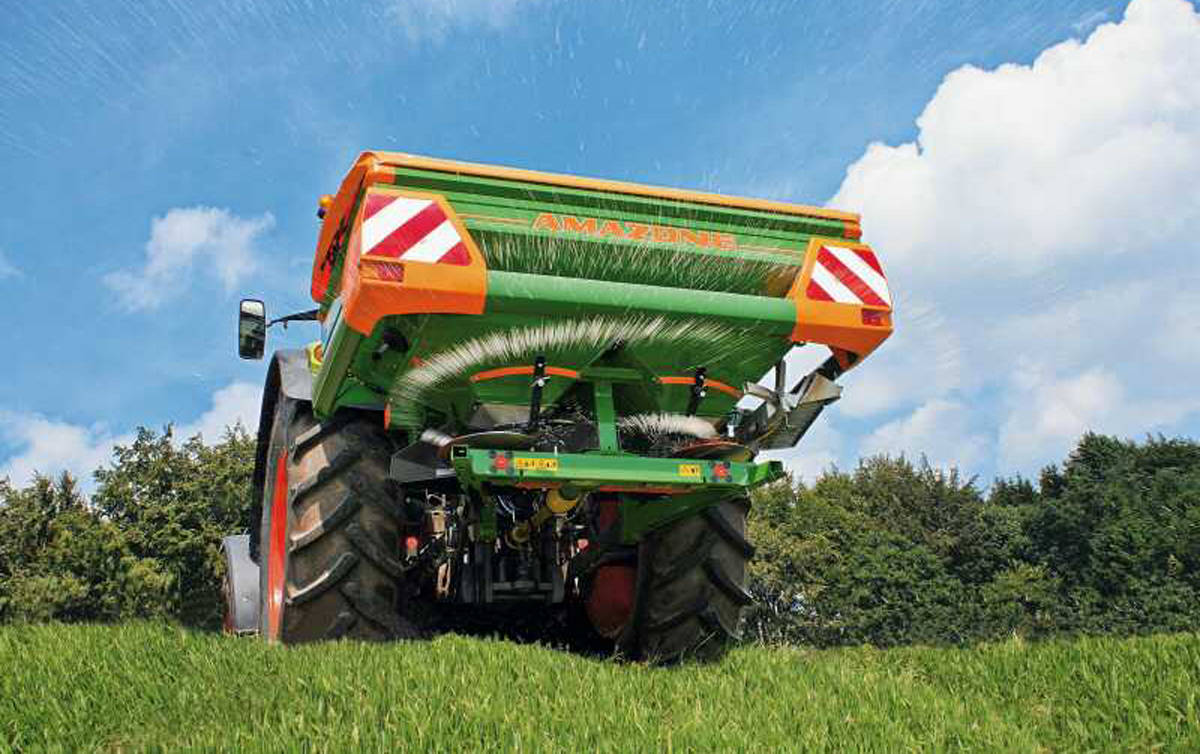
The St. George/Mesquite area is unique in countless facets of topography, climate, culture, and recreational activities. One of the main recreational activities enjoyed all year is golf. Golf courses and their conditions are always changing, especially in this area, due to the extreme temperatures Southern Utah and Nevada experience in the summer and winter months. In order for golf courses to continually serve visitors and residents, they implement a practice known as overseeding.
Overseeding is a technique used mostly in warm winter climates where golf can be played all year, mainly the desert Southwest. Palm Springs, Scottsdale, and Texas are most notably where overseeding is apparent. Overseeding usually occurs during the fall when temperatures begin to drastically cool off, especially during the overnight hours. Courses that partake in overseeding will replace the warm-weather Bermuda grass with a combination mostly consisting of rye grass. The concept is simply that once the Bermuda enters dormancy, a stage of no growth, during the fall, rye grass will overlay on top and keep the grass green and healthy and incorporate better turf conditions for players.
The process isn’t done without certain considerations. I believe that superintendents and their staff work hard every single day, but during overseeding is when they really earn their salaries. It can also be a breaking point where superintendents can lose their positions due to circumstances beyond their control. Overseeding a single golf course can cost anywhere from $50,000 to $100,000 depending on seed costs (which are rising) and the amount of area that is seeded. Some golf courses may only choose to overseed their greens and tee boxes while other courses can stretch to the other end of the spectrum by seeding “wall-to-wall.”
Overseeding can be seen from the avid golfer’s perspective as a “cosmetic” practice used to green up golf courses and their facilities during winter months. Speaking of the overseeding process, the Golf Course Superintendents Association of America simply comments, “If the love of money is indeed the root of all evil, then overseeding is a necessary evil.” Without overseeding, courses will appear brown in the winter because of the dormant Bermuda. Playing conditions include hard-pan turf due to cart traffic and players’ divots. Another huge disadvantage is attempting to find a golf ball in dormant, brown grass. This can become a pace-of-play deterrent when the choice is not to overseed.
Not all courses overseed in St. George; however, all the courses in Mesquite will overseed. Overseeding usually takes place in this area during the month of September. Courses will generally close for about two or three weeks, depending on the amount of area needed to seed. After the courses re-open, play is usually restricted to “cart path only” to protect the new rye grass from being destroyed. Greens will typically need to stay at least 0.25” to 0.5” high initially to safeguard from the possibility of high temperatures. These playing conditions are typical practices for all golf courses but are subject to change depending on weather patterns. Please consider checking courses’ websites and the chart above before teeing it up.



